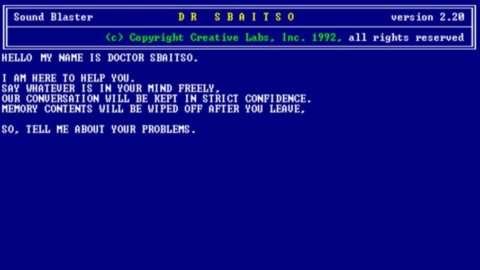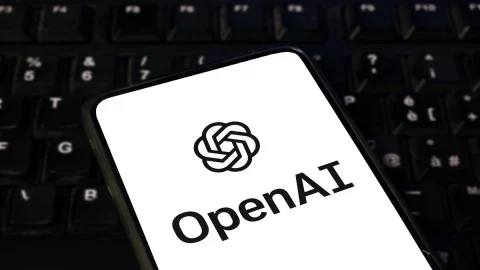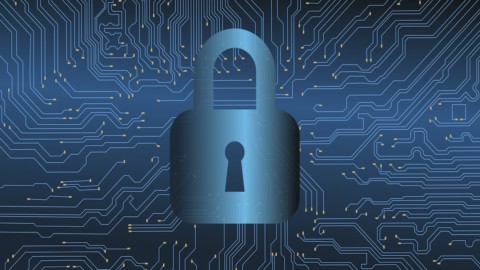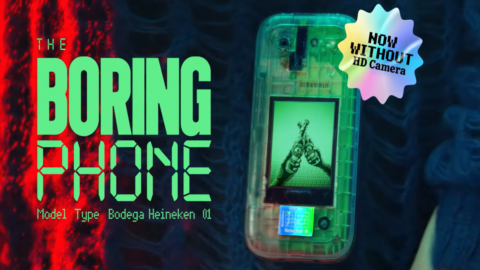Crab, the virtual assistant who Apple Lossless Audio CODEC (ALAC), provides on the latest iPhone and iPad models as a speech recognition and synthesis application, is so advanced that Corriere della Sera was able to interview him like it was a real person. Yet, in the 90s the same operation would have been possible against a computer equipped with a sound card (in those years it was not so obvious that he had it) giving up only voice recognition and asking questions to the machine via the keyboard.
The prodigy is called "Dr. Sbaitso” (still works on OS emulators MS-DOS) and is a program based onartificial intelligence of the PCs that already in the 90s were able to synthesize the human voice. Distributed by Creative Labs in the software kit of most of the 16bit sound cards proposed by the Singapore company, the "Sound Blaster Acting Intelligent Text to Speech Operator", or the psychologist Dr. SBAITSO converses with the user giving answers in most cases consistent with the questions written by the user via the PC keyboard.
To be honest, the very first “interviewable software” like Siri it was called “ELIZA“, even dated 1966, but he was not yet able to speak and therefore it was not possible to hear the answers from his “living” voice. Also ELIZA, like Dr. Sbaitso, simulated a conversation with a psychotherapist. However, it remained a milestone in the field of AI (Artificial Intelligence) because it was the first time that a programmer (Joseph Weizenbaum, 1923 – 2008) developed a man-machine interaction with the aim of creating the illusion, albeit brief, of a man-man dialogue.
In the 90s, Creative Labs' software also worked great with sound cards from other manufacturers and didn't need who knows what computing power to do so. All he needed was a processor 286 to 8 MHz to be timely enough with your replies. Dr. Sbaitso actually went very unnoticed in an era in which information technology was snubbed by the masses and relegated to the role of strange devilry for enthusiasts, also because it was essentially a software demonstrating the capabilities of the Creative Labs hardware. Since it is supplied with the sound card itself, you didn't have to pay anything to get it.
Speech synthesis, in those years, was nothing new. Just to give an example, already in the 80s the most advanced versions of the Commodore 64, one of the most popular computers at the time, were equipped with the chip SID 6581, which made possible the “text-to-speech” or the reproduction of the human voice. What really made Creative Labs' software such a computing prodigy at the time was artificial intelligence. Dr. Sbaitso is in fact able to understand the type of question asked by the user and to select the most appropriate answer by pronouncing it, in English, exactly as Siri does. The two digital products also have a coldness in common sense of humor. Ironic jokes and some witty references are almost never lacking, even when it comes to sex or of the devices of the competition.
What is certain is that the quality of the voice produced by Dr. Sbaitso is far from that of the natural human voice, which Siri instead imitates very well. Siri also performs software actions that are certainly much more advanced than Dr. Sbaitso, but certainly, if not an interview, the Creative Labs software is absolutely capable of undergo a medical examinationas a psychologist. Listen too:




